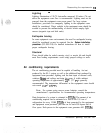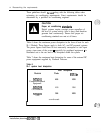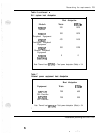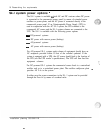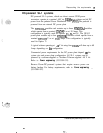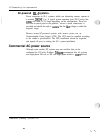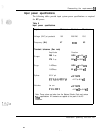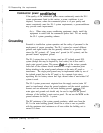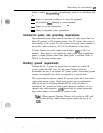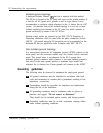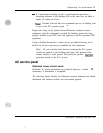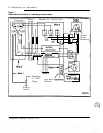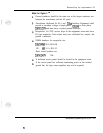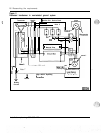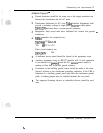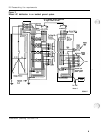
Researching the requirements
21
Failure to follow the~grounding proceduresmay result in an installation that
is:
-
unsafe for personnel working on or using the equipment
-
not protected horn lightning or power transients
.
-
-
subject to service interruptions
-
subject to degraded system performance
Commercial power and grounding requirements
The commercial power source refers to the main AC utility power feed, for
either AC-powered or DC-powered systems. For AC systems, this power is
wired directly to the system. For DC systems, this power source connects to
the rectifiers which convert to -48 V dc for distribution to the system.
In North America, the power supplied can be either 208Y or 240 V ac
nominal. Three phase is not required by single power feeds fromalternate
phases is normal practice where three phase power is available. Refer to
Table 8 for the exact voltage range.
Building ground requirements
Although the SL- 1 system (by design) does not require an isolated AC
ground system, the NEC does. For this reason Northern Telecom
---
recommends the use of an isolated AC ground system. Non-isolated ground
systems are acceptable only where not required by a national code.
This system does not need an isolated AC ground system, but it does need a
single point ground system. Single point ground may be implemented
either by the use of an Isolated Ground (IG) bus in the AC panel to
terminate all AC grounds and other ground reference conductors, or by a
separate logic return equalizer (LRE) ground bus for system ground and
logic returns where a non-isolated AC system is used.
No&: Where required, Northern Telecom will provide an LRE with
each system delivery. Multi-column systems require the use of an
LRR.
installation planning 553-3001-120



